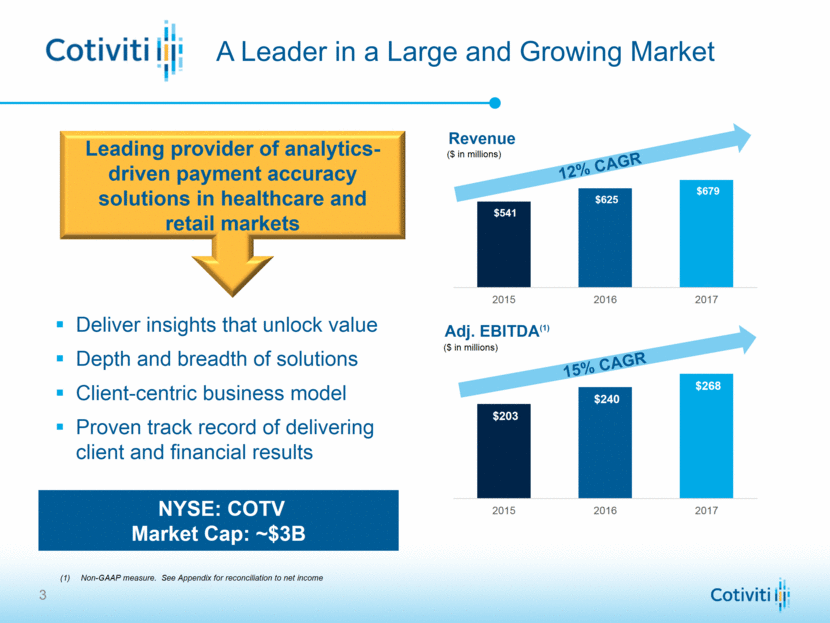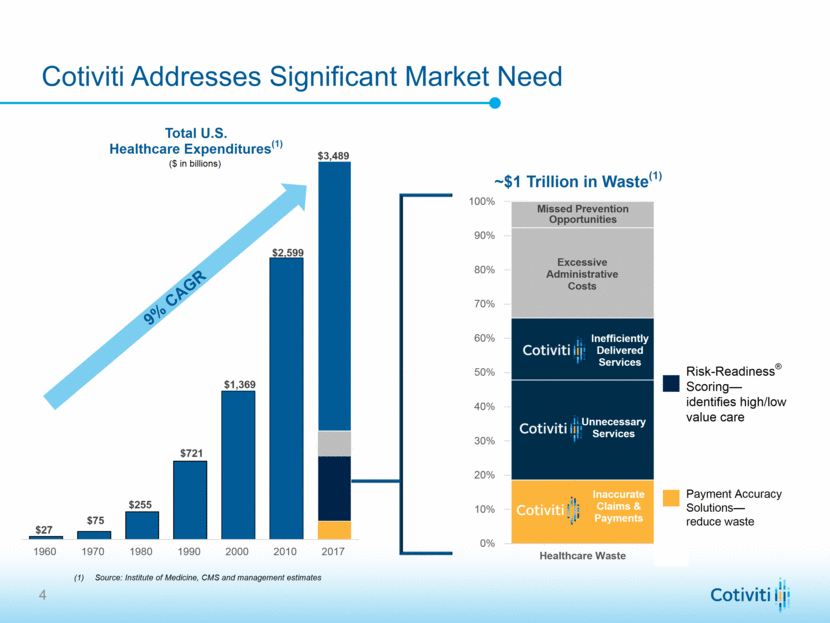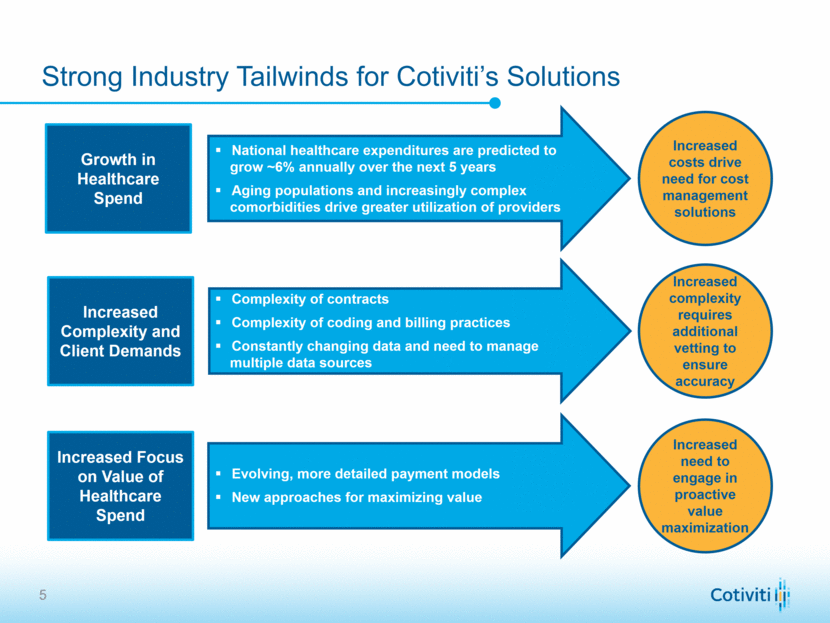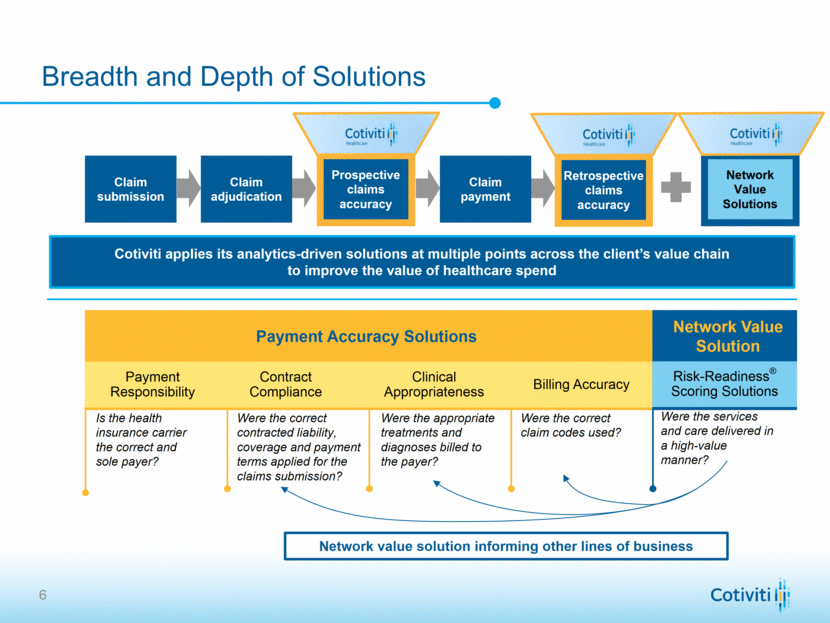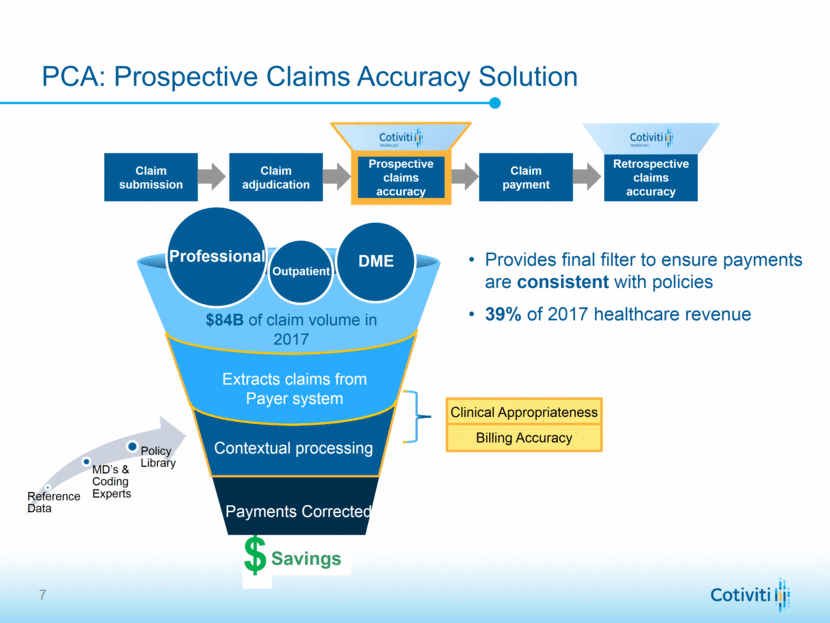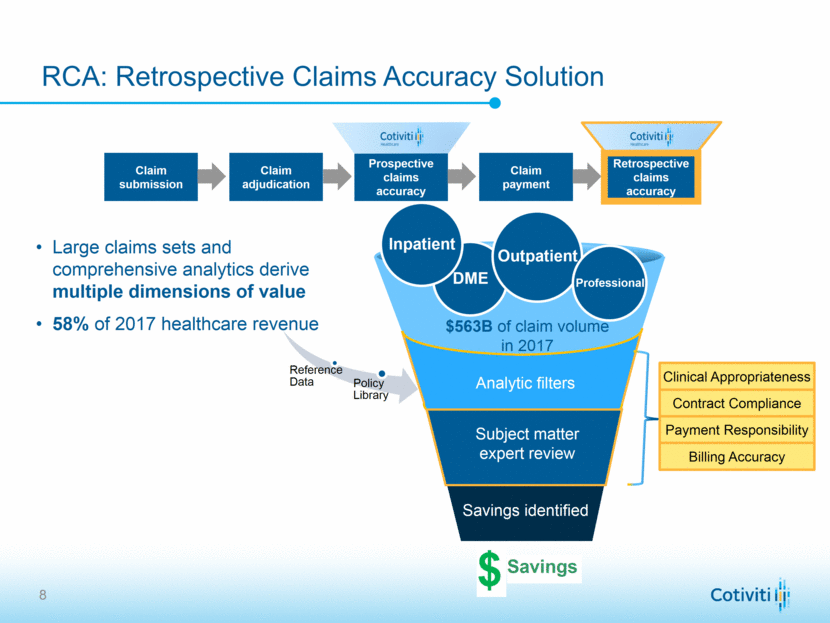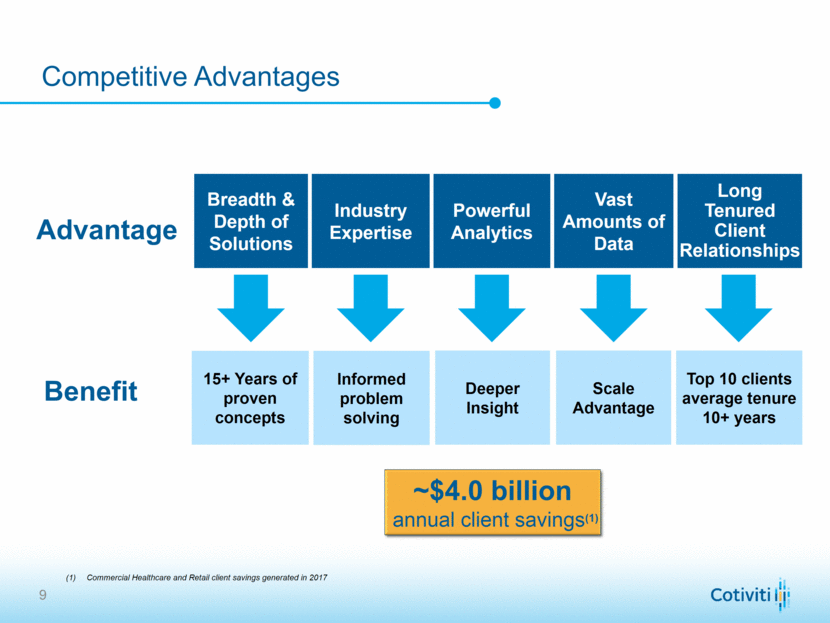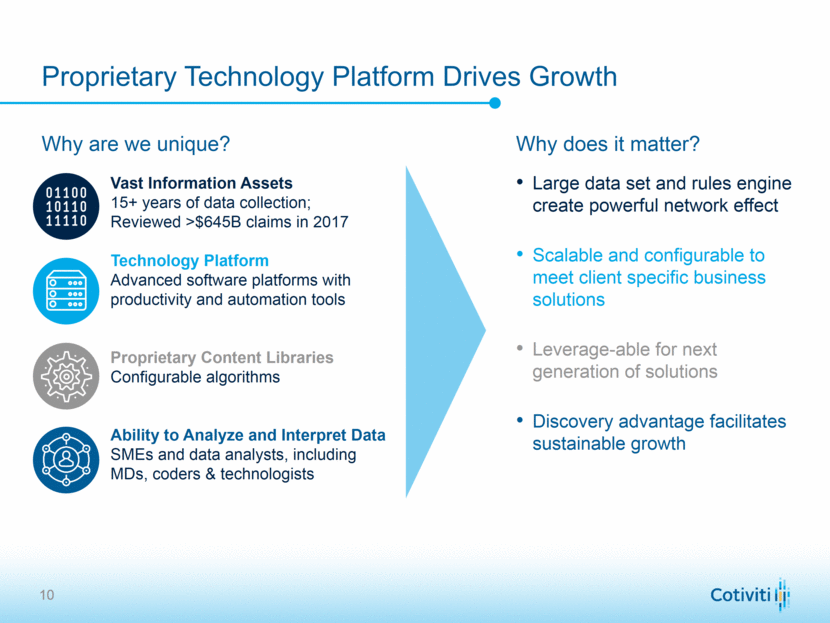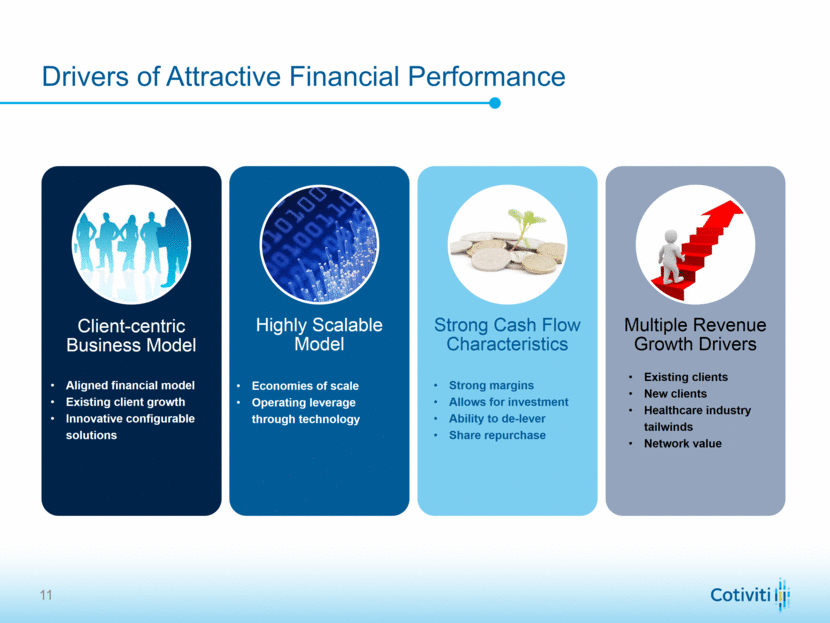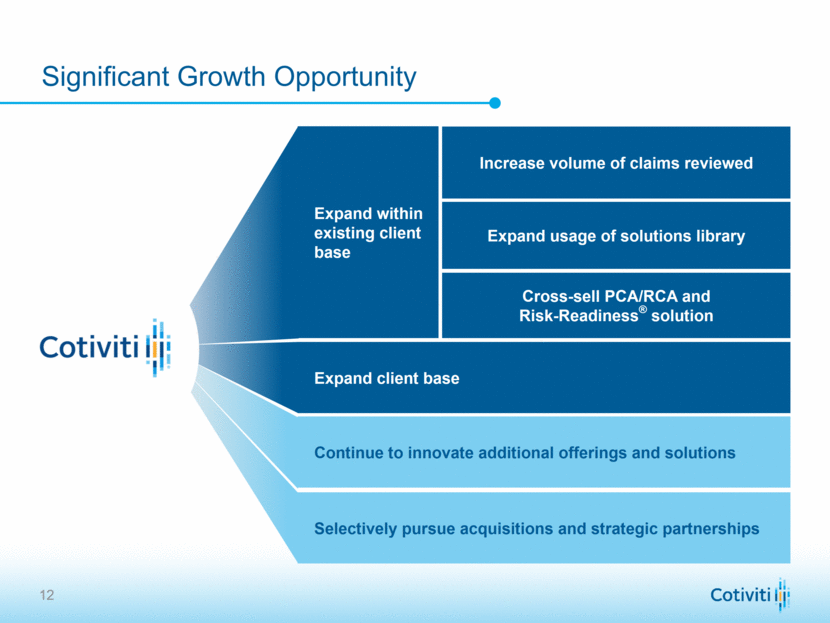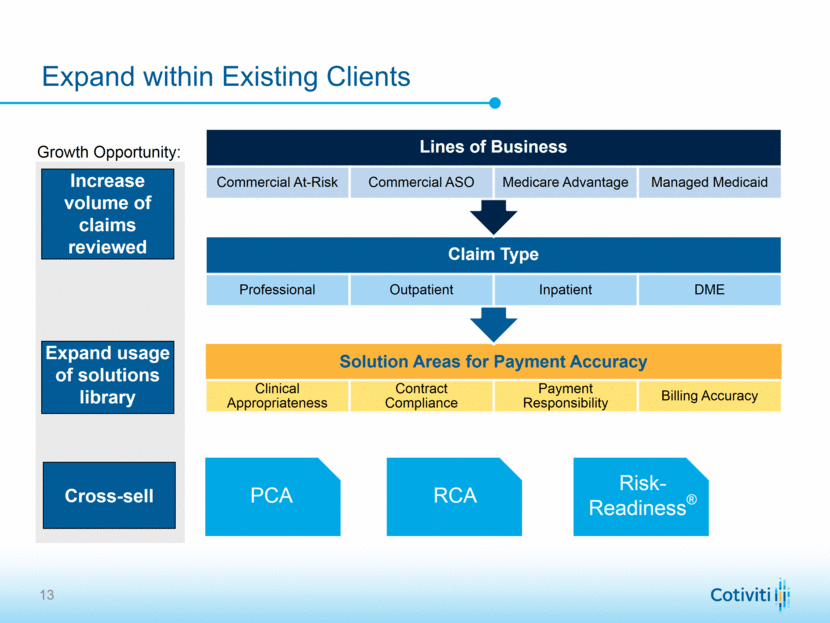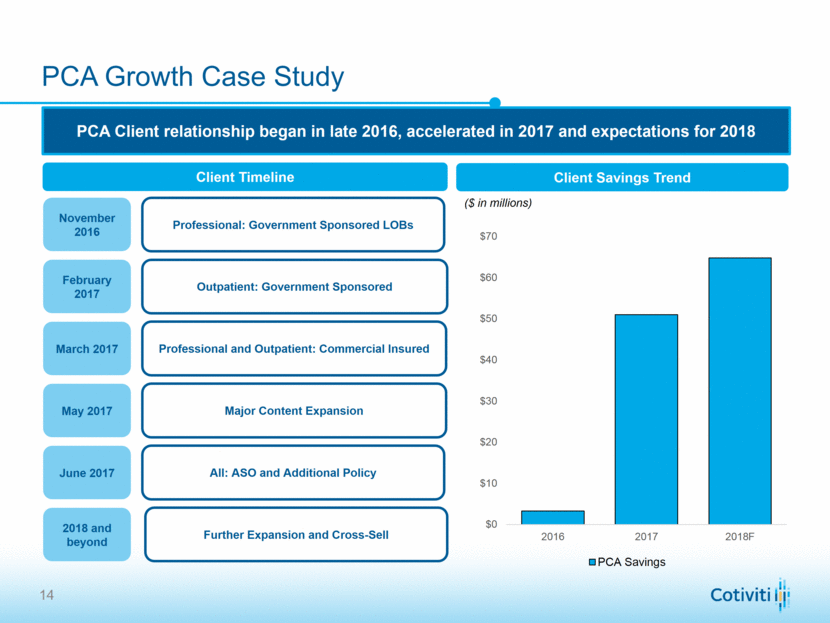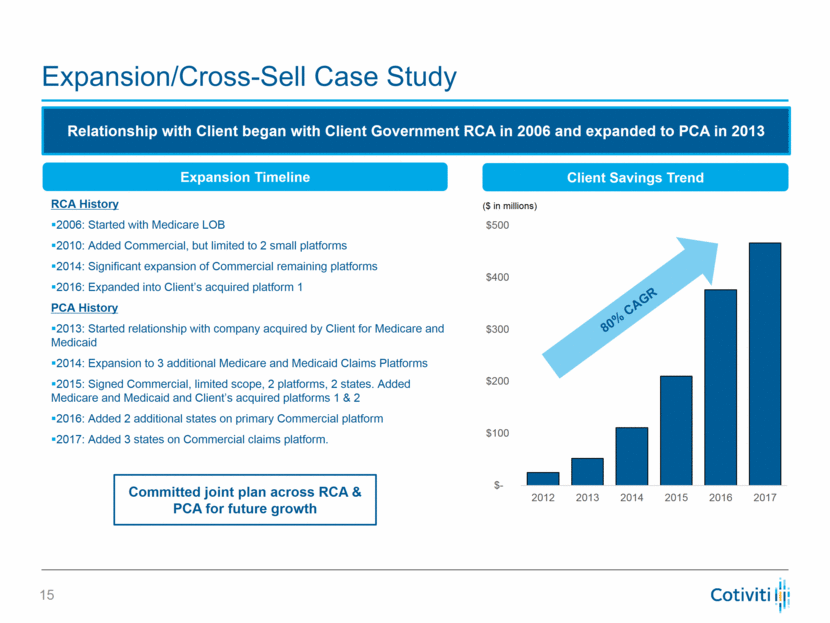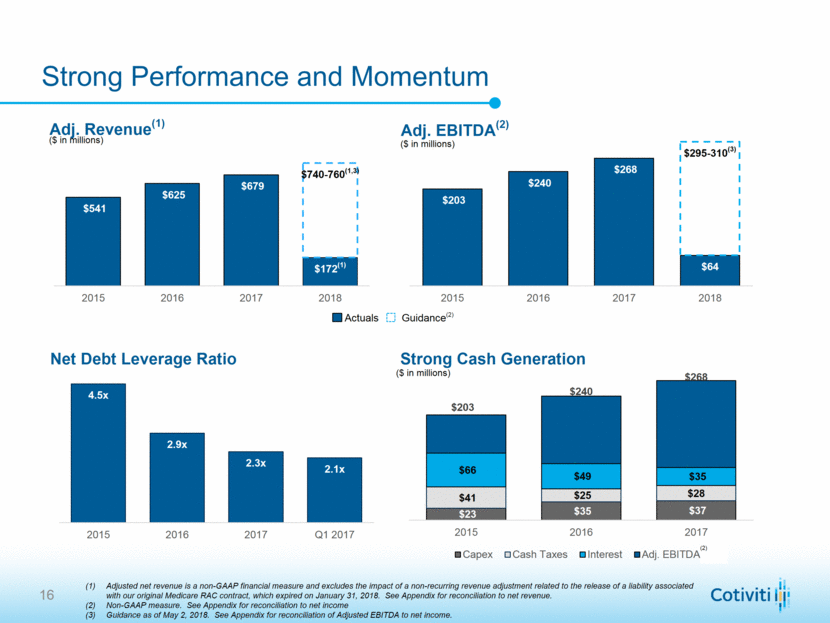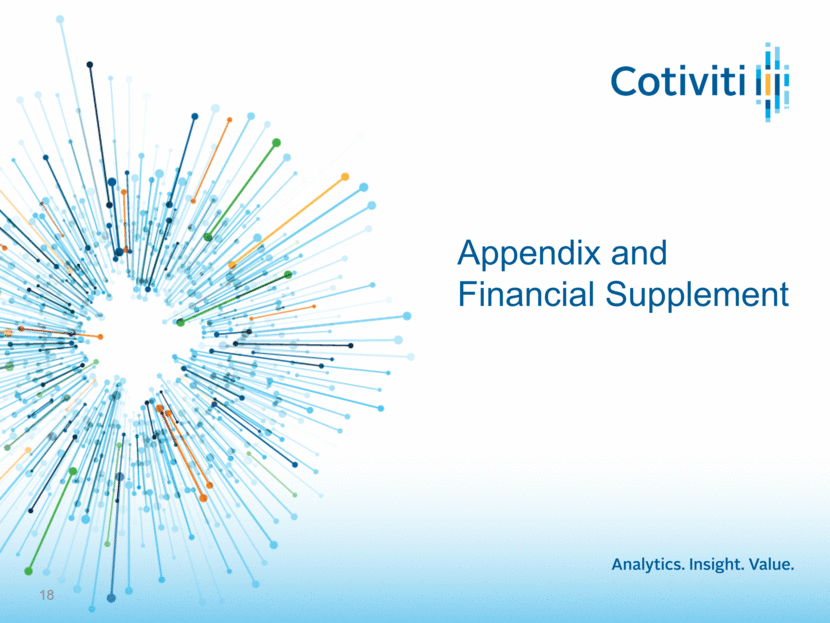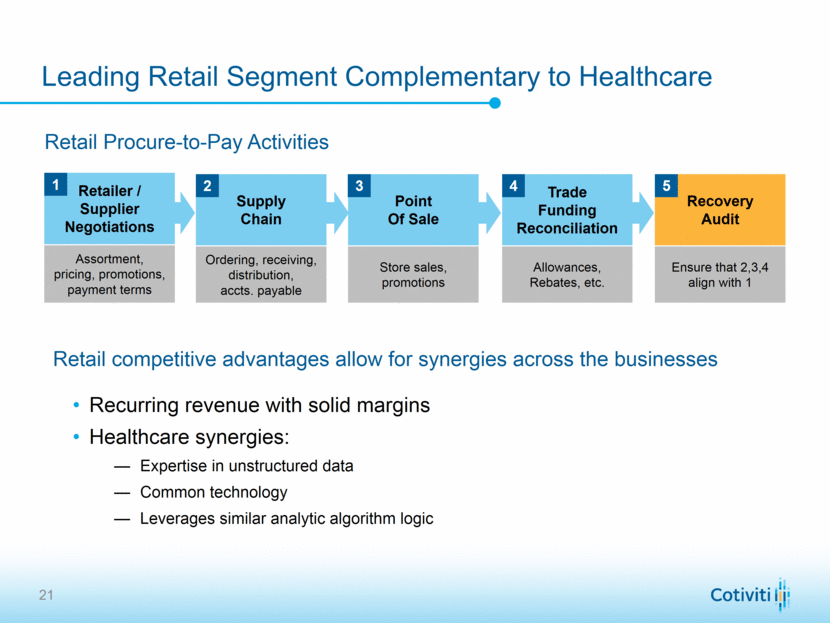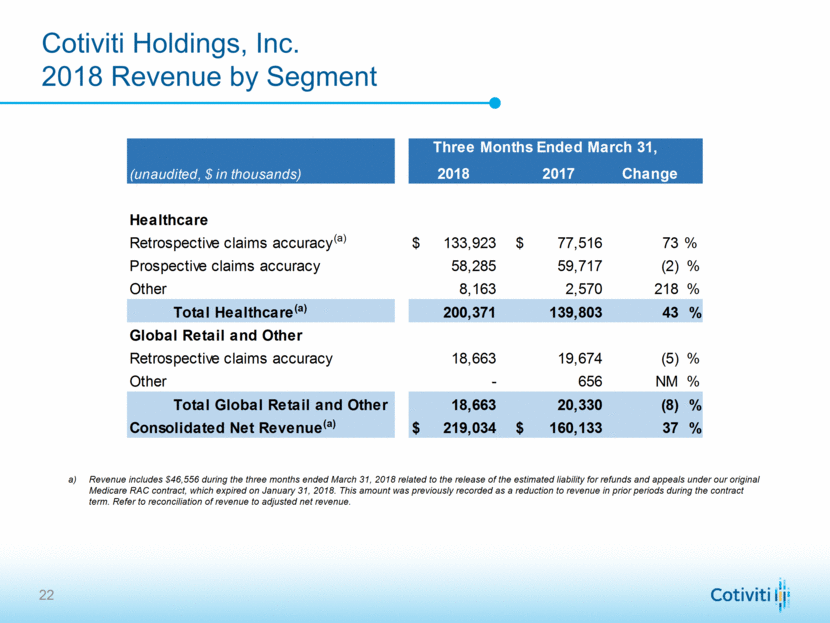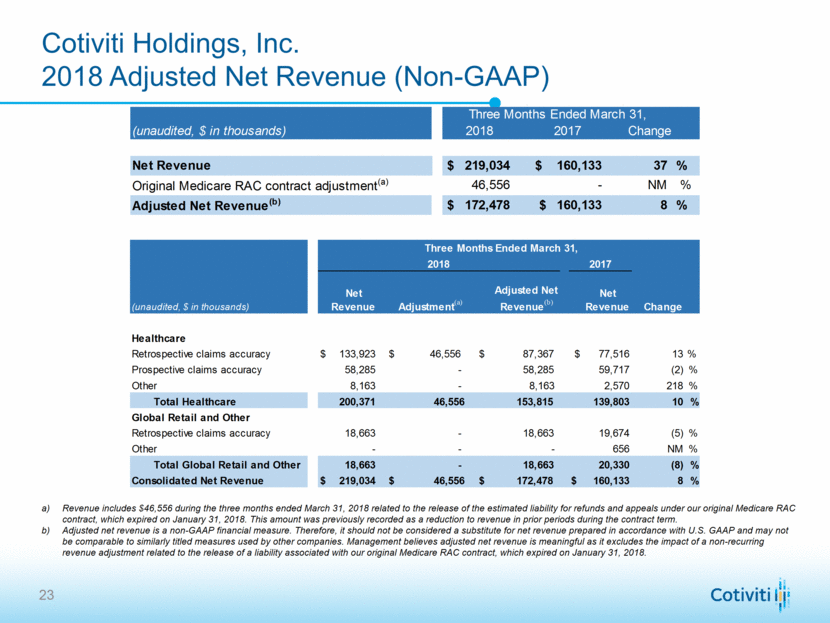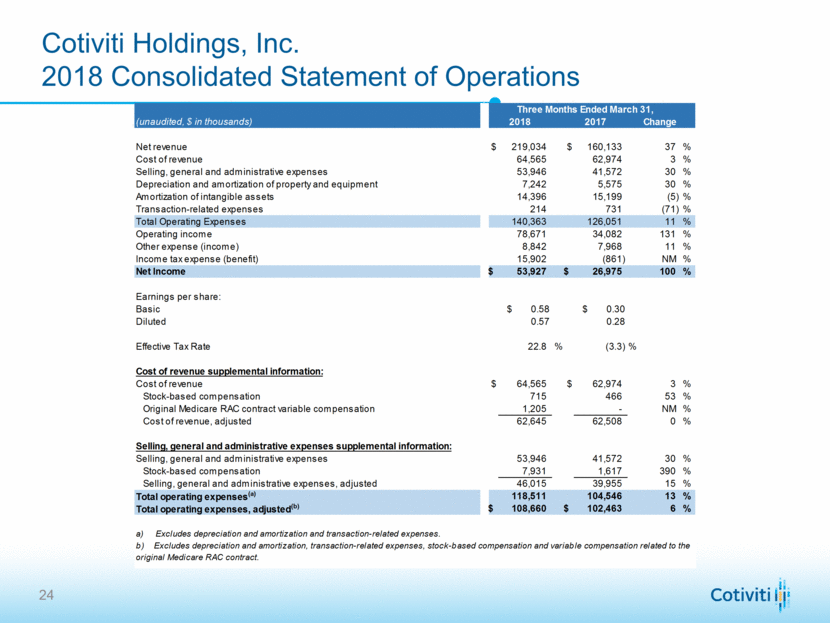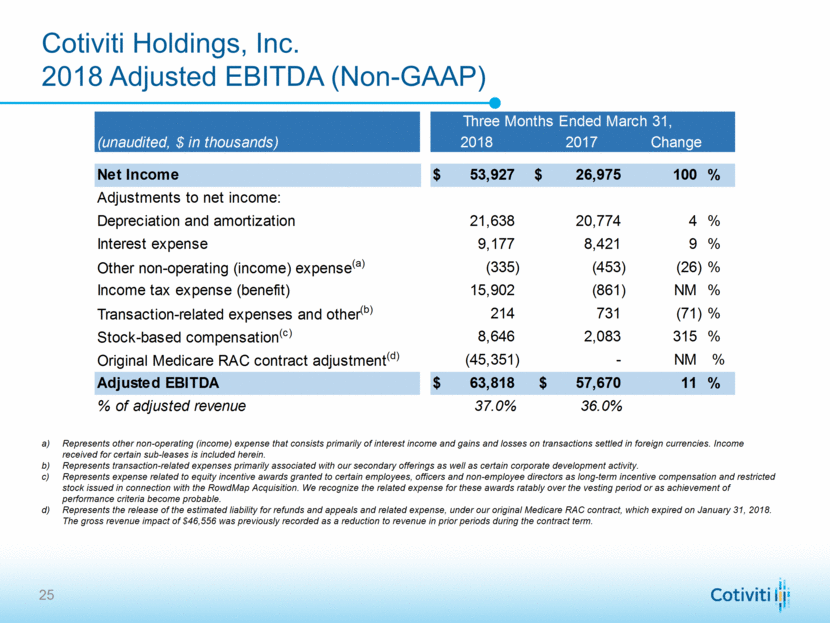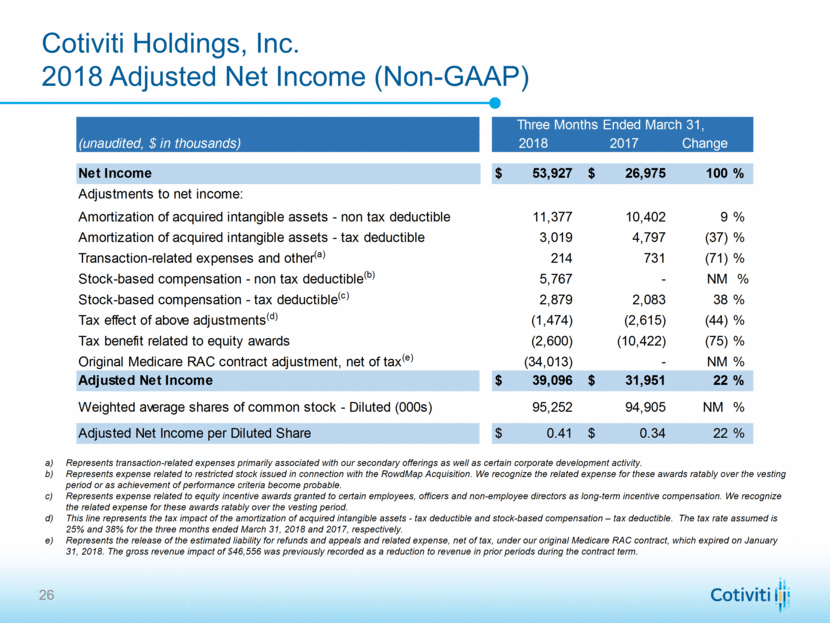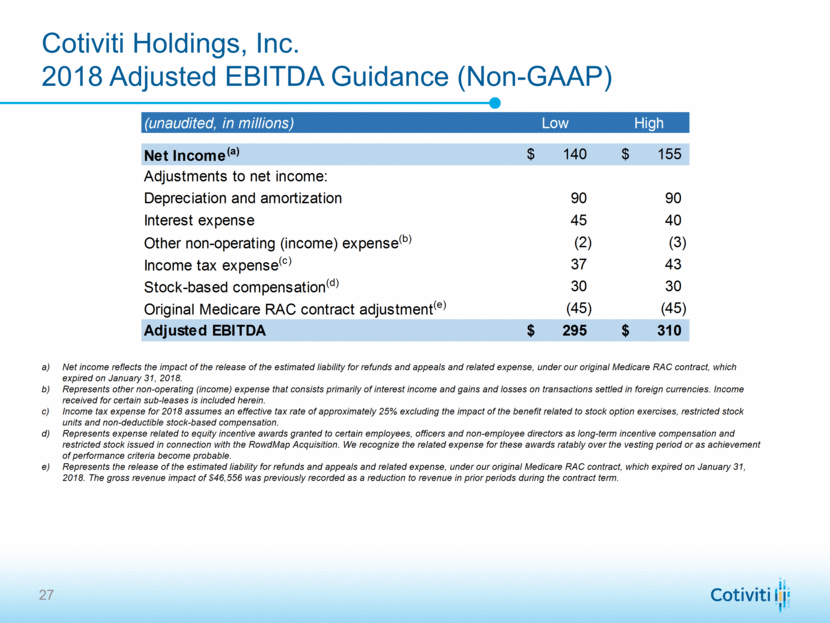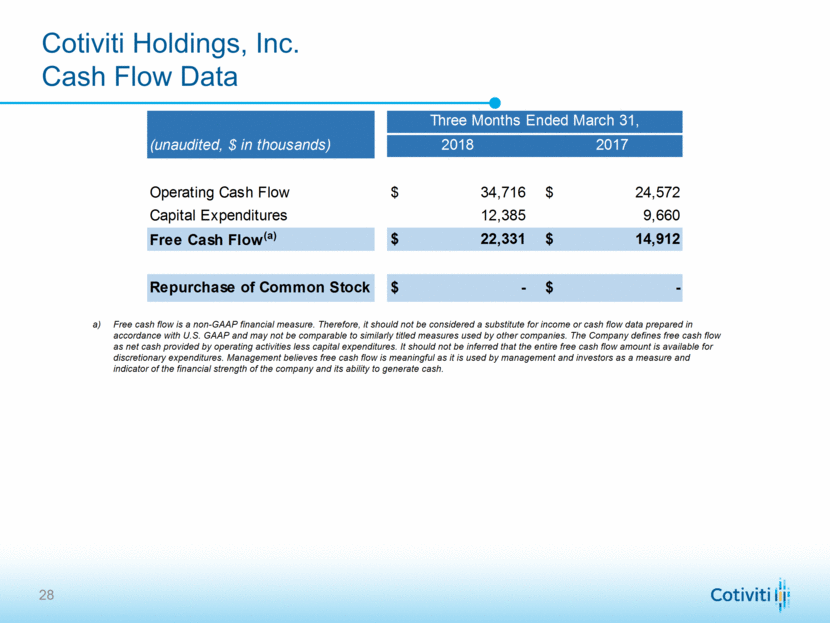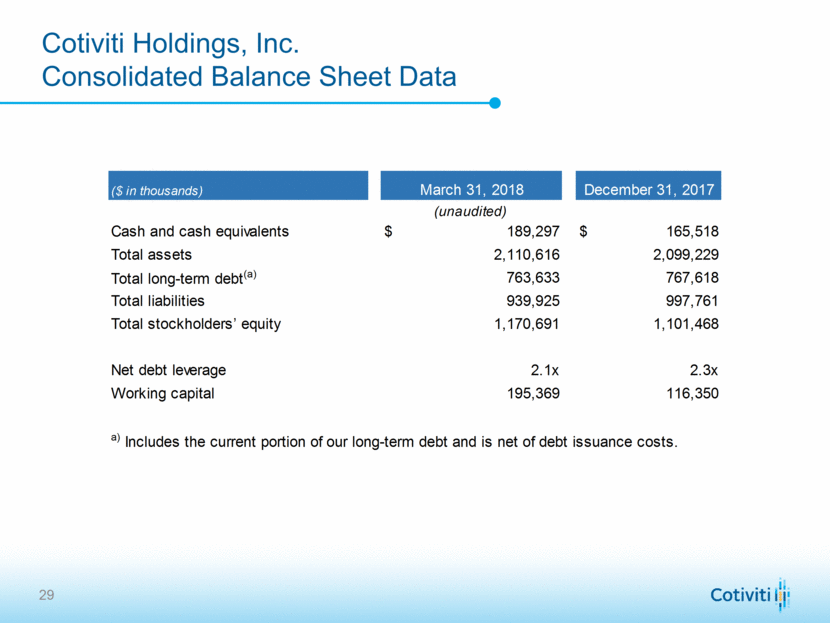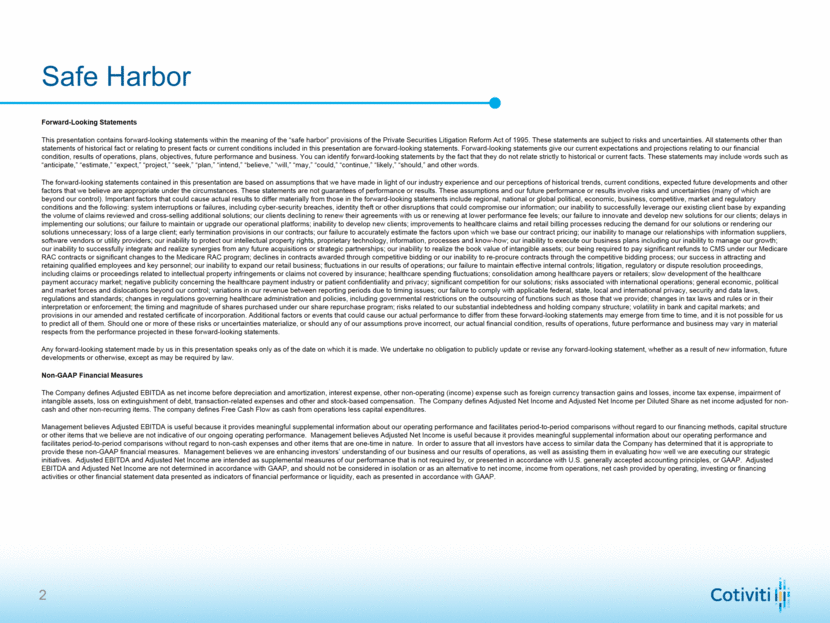
| Forward-Looking Statements This presentation contains forward-looking statements within the meaning of the “safe harbor” provisions of the Private Securities Litigation Reform Act of 1995. These statements are subject to risks and uncertainties. All statements other than statements of historical fact or relating to present facts or current conditions included in this presentation are forward-looking statements. Forward-looking statements give our current expectations and projections relating to our financial condition, results of operations, plans, objectives, future performance and business. You can identify forward-looking statements by the fact that they do not relate strictly to historical or current facts. These statements may include words such as “anticipate,” “estimate,” “expect,” “project,” “seek,” “plan,” “intend,” “believe,” “will,” “may,” “could,” “continue,” “likely,” “should,” and other words. The forward-looking statements contained in this presentation are based on assumptions that we have made in light of our industry experience and our perceptions of historical trends, current conditions, expected future developments and other factors that we believe are appropriate under the circumstances. These statements are not guarantees of performance or results. These assumptions and our future performance or results involve risks and uncertainties (many of which are beyond our control). Important factors that could cause actual results to differ materially from those in the forward-looking statements include regional, national or global political, economic, business, competitive, market and regulatory conditions and the following: system interruptions or failures, including cyber-security breaches, identity theft or other disruptions that could compromise our information; our inability to successfully leverage our existing client base by expanding the volume of claims reviewed and cross-selling additional solutions; our clients declining to renew their agreements with us or renewing at lower performance fee levels; our failure to innovate and develop new solutions for our clients; delays in implementing our solutions; our failure to maintain or upgrade our operational platforms; inability to develop new clients; improvements to healthcare claims and retail billing processes reducing the demand for our solutions or rendering our solutions unnecessary; loss of a large client; early termination provisions in our contracts; our failure to accurately estimate the factors upon which we base our contract pricing; our inability to manage our relationships with information suppliers, software vendors or utility providers; our inability to protect our intellectual property rights, proprietary technology, information, processes and know-how; our inability to execute our business plans including our inability to manage our growth; our inability to successfully integrate and realize synergies from any future acquisitions or strategic partnerships; our inability to realize the book value of intangible assets; our being required to pay significant refunds to CMS under our Medicare RAC contracts or significant changes to the Medicare RAC program; declines in contracts awarded through competitive bidding or our inability to re-procure contracts through the competitive bidding process; our success in attracting and retaining qualified employees and key personnel; our inability to expand our retail business; fluctuations in our results of operations; our failure to maintain effective internal controls; litigation, regulatory or dispute resolution proceedings, including claims or proceedings related to intellectual property infringements or claims not covered by insurance; healthcare spending fluctuations; consolidation among healthcare payers or retailers; slow development of the healthcare payment accuracy market; negative publicity concerning the healthcare payment industry or patient confidentiality and privacy; significant competition for our solutions; risks associated with international operations; general economic, political and market forces and dislocations beyond our control; variations in our revenue between reporting periods due to timing issues; our failure to comply with applicable federal, state, local and international privacy, security and data laws, regulations and standards; changes in regulations governing healthcare administration and policies, including governmental restrictions on the outsourcing of functions such as those that we provide; changes in tax laws and rules or in their interpretation or enforcement; the timing and magnitude of shares purchased under our share repurchase program; risks related to our substantial indebtedness and holding company structure; volatility in bank and capital markets; and provisions in our amended and restated certificate of incorporation. Additional factors or events that could cause our actual performance to differ from these forward-looking statements may emerge from time to time, and it is not possible for us to predict all of them. Should one or more of these risks or uncertainties materialize, or should any of our assumptions prove incorrect, our actual financial condition, results of operations, future performance and business may vary in material respects from the performance projected in these forward-looking statements. Any forward-looking statement made by us in this presentation speaks only as of the date on which it is made. We undertake no obligation to publicly update or revise any forward-looking statement, whether as a result of new information, future developments or otherwise, except as may be required by law. Non-GAAP Financial Measures The Company defines Adjusted EBITDA as net income before depreciation and amortization, interest expense, other non-operating (income) expense such as foreign currency transaction gains and losses, income tax expense, impairment of intangible assets, loss on extinguishment of debt, transaction-related expenses and other and stock-based compensation. The Company defines Adjusted Net Income and Adjusted Net Income per Diluted Share as net income adjusted for non-cash and other non-recurring items. The company defines Free Cash Flow as cash from operations less capital expenditures. Management believes Adjusted EBITDA is useful because it provides meaningful supplemental information about our operating performance and facilitates period-to-period comparisons without regard to our financing methods, capital structure or other items that we believe are not indicative of our ongoing operating performance. Management believes Adjusted Net Income is useful because it provides meaningful supplemental information about our operating performance and facilitates period-to-period comparisons without regard to non-cash expenses and other items that are one-time in nature. In order to assure that all investors have access to similar data the Company has determined that it is appropriate to provide these non-GAAP financial measures. Management believes we are enhancing investors’ understanding of our business and our results of operations, as well as assisting them in evaluating how well we are executing our strategic initiatives. Adjusted EBITDA and Adjusted Net Income are intended as supplemental measures of our performance that is not required by, or presented in accordance with U.S. generally accepted accounting principles, or GAAP. Adjusted EBITDA and Adjusted Net Income are not determined in accordance with GAAP, and should not be considered in isolation or as an alternative to net income, income from operations, net cash provided by operating, investing or financing activities or other financial statement data presented as indicators of financial performance or liquidity, each as presented in accordance with GAAP. Safe Harbor |


